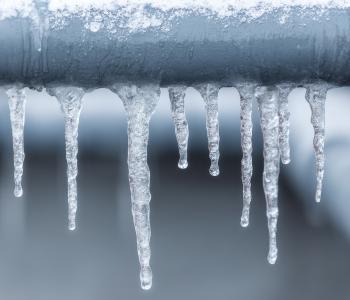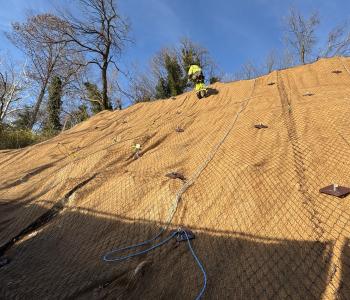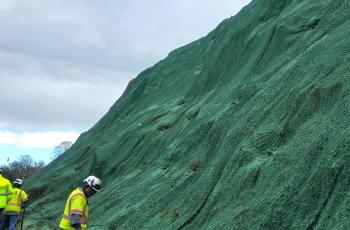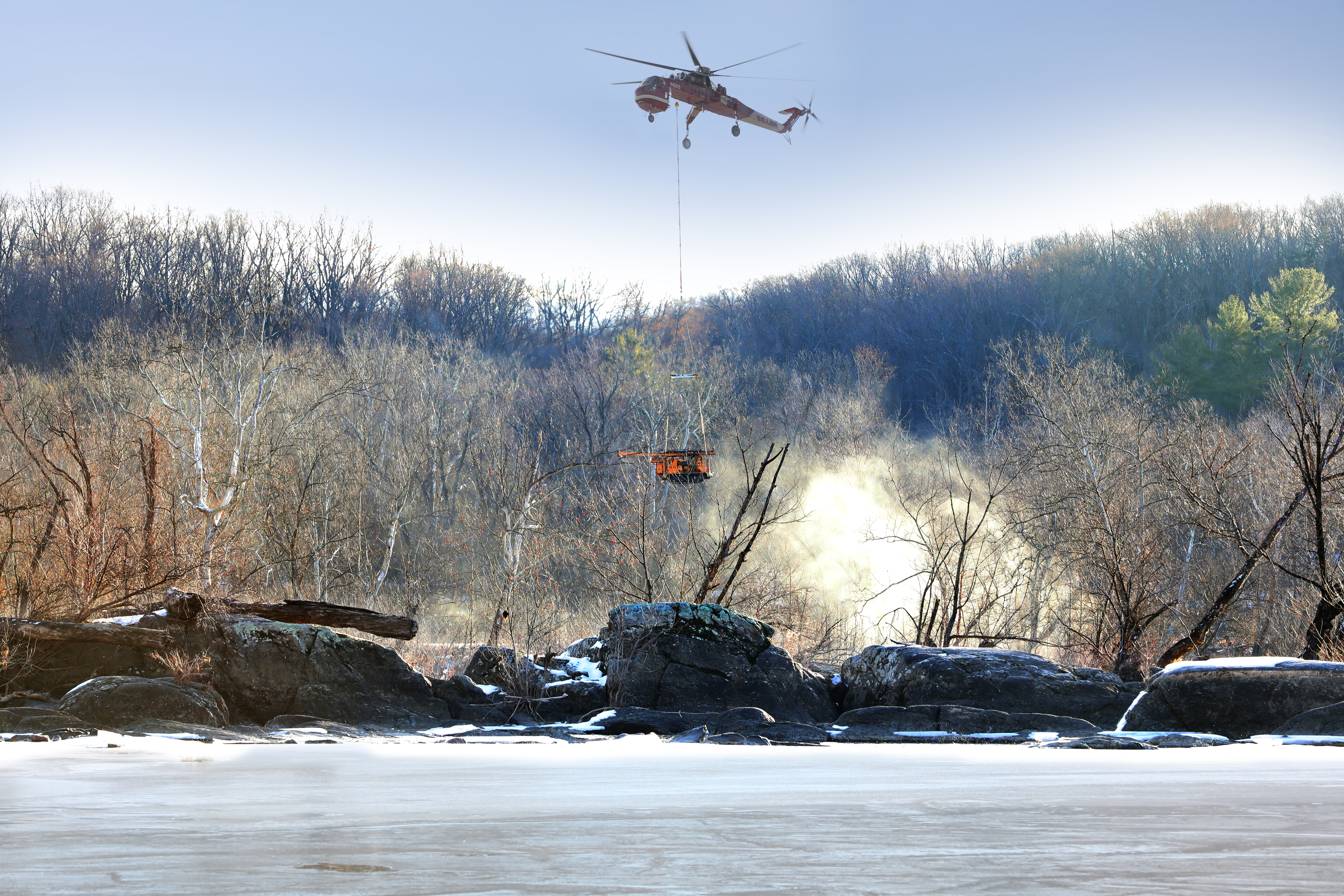DC Water Releases Plan to Remove All Lead Service Lines in the District by 2030
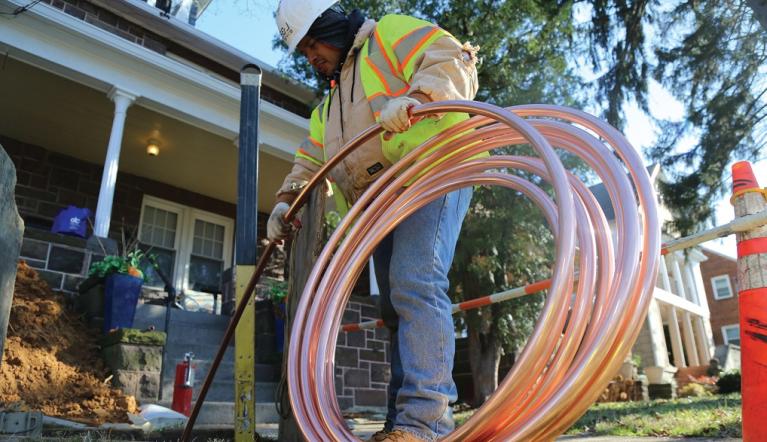
Today, DC Water released the Authority’s Lead Service Line Replacement Plan, an ambitious and robust plan to remove all lead service lines in the District of Columbia by 2030. The plan combines DC Water’s existing programs utilized to removed lead service lines (LSL) in the District into one coordinated effort that prioritizes lead replacements for vulnerable populations most impacted by lead exposure (e.g. children and pregnant women), and communities that are historically underserved and experience disproportionately poorer health outcomes compared with other parts of the city.
Developing and executing the plan is a top priority of DC Water Chief Executive Officer and General Manager David L. Gadis. “Achieving the Lead Free DC vision requires a comprehensive, nuanced plan that not only improves on what we do today, but also details what would be required from us, the city, and our customers to accelerate replacement efforts, and to do it in a way that incorporates water quality and customer equity needs,” said Mr. Gadis.
The plan includes removal of the known lead service lines, as well as the remaining work needed to identify all of the lead pipes on public and private property in the District. The plan also details the model based on water quality data and social equity factors that is being used to prioritize projects, along with the cost estimates to meet the 2030 timeline.
Mr. Gadis added, “We estimate an additional $300 million to $500 million will be needed to accomplish that goal, but Mayor Bowser has included funding in her proposed budget for lead service line removal and we are optimistic the Federal Government will also step up to help.”
Through this plan, DC Water is also recommending a host of policy and outreach initiatives necessary to accomplish the lead service line replacement goal by the end of the decade.
Over the past few years, DC Water has taken significant steps to reduce lead in drinking water. These actions include monitoring for lead at the tap, controlling corrosion, replacing lead service pipes, educating customers on the health impacts of lead, and helping them identify and remove lead sources on their property. DC Water launched its Lead Free DC initiative in 2019 and has already made a significant impact by removing lead pipes from more than 1,000 homes, while leveraging District funding to save customers approximately $1,000,000 in replacement costs.
To read the Lead Service Line Replacement Plan, please visit dcwater.com/LeadFreeDCPlan




